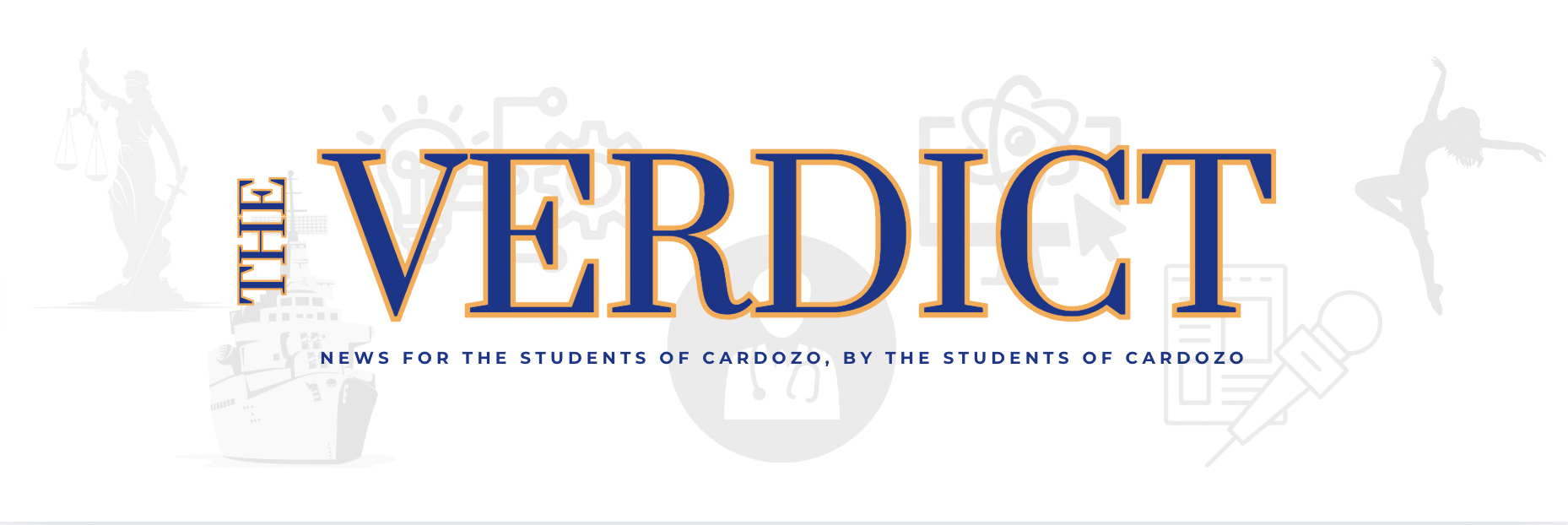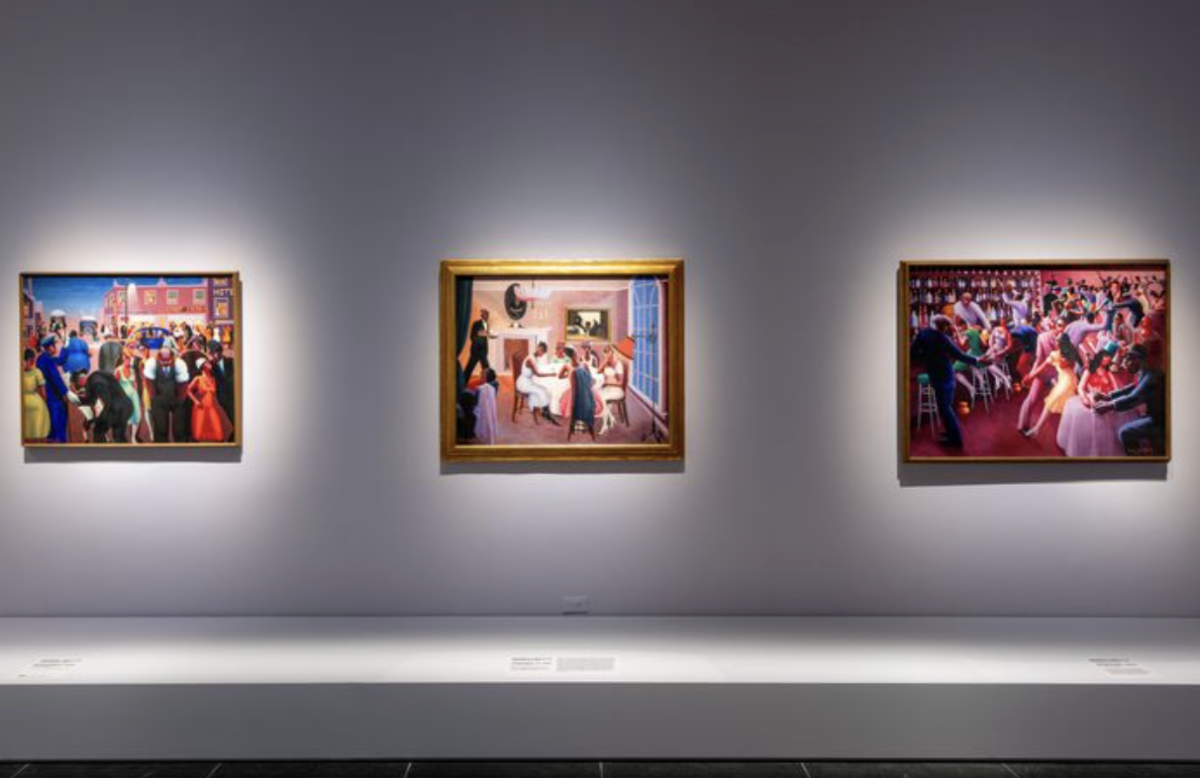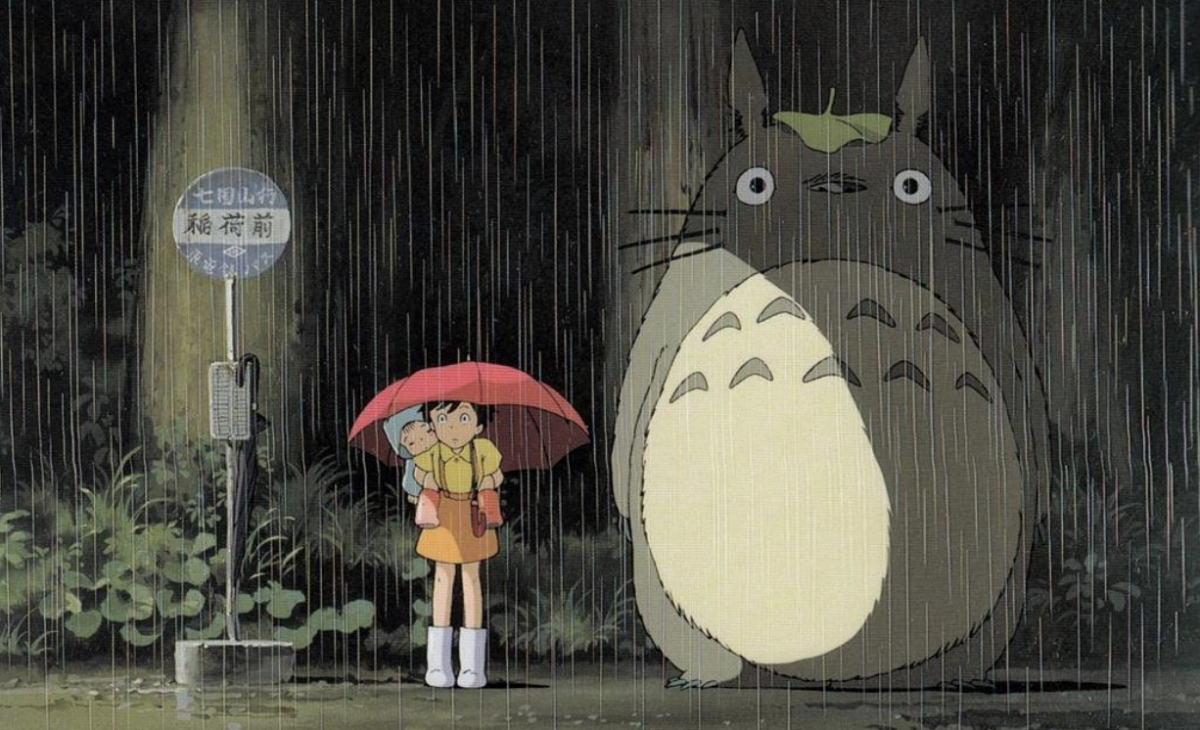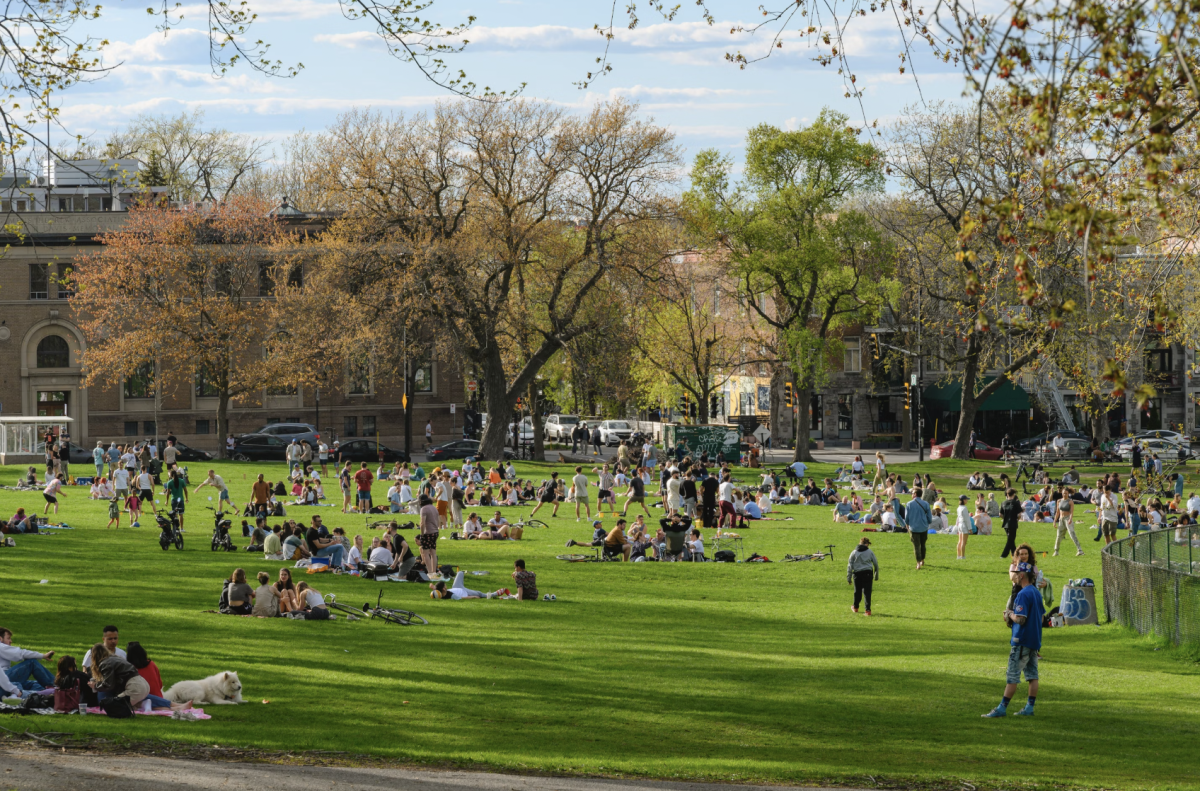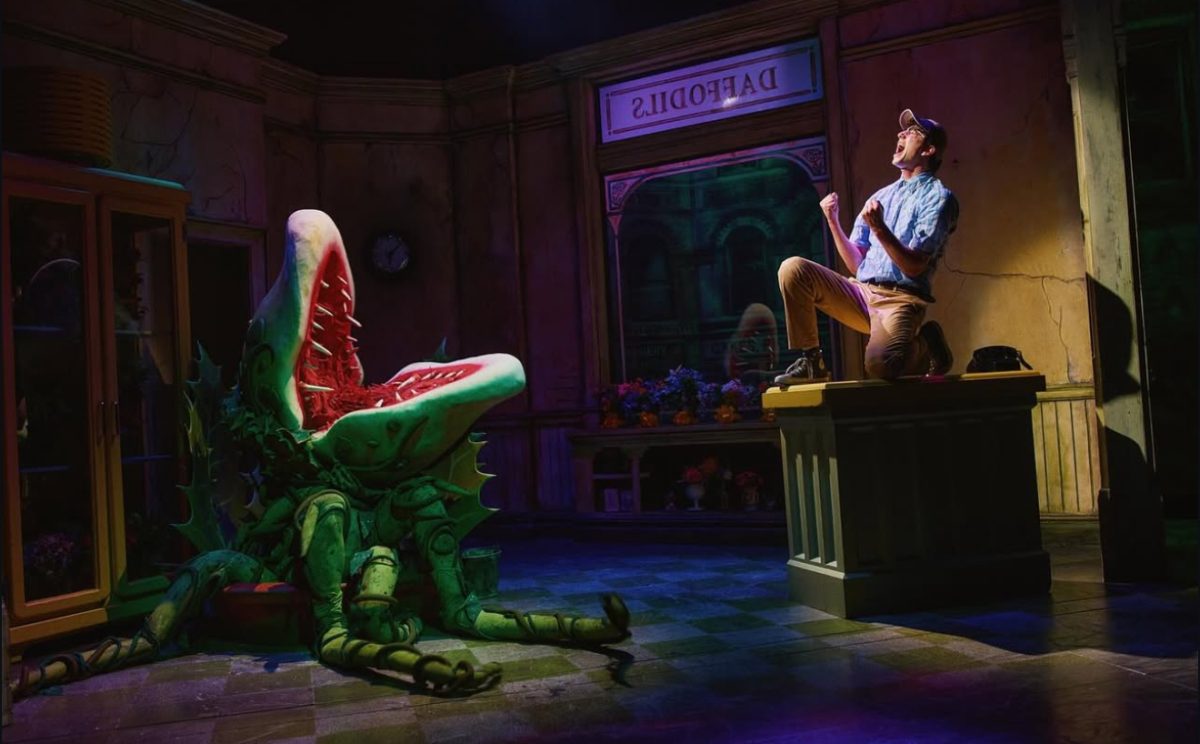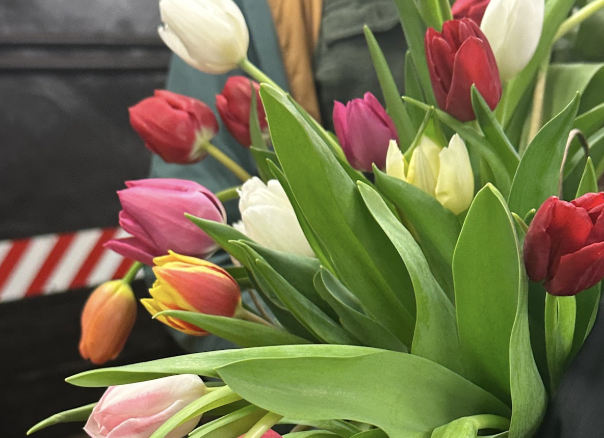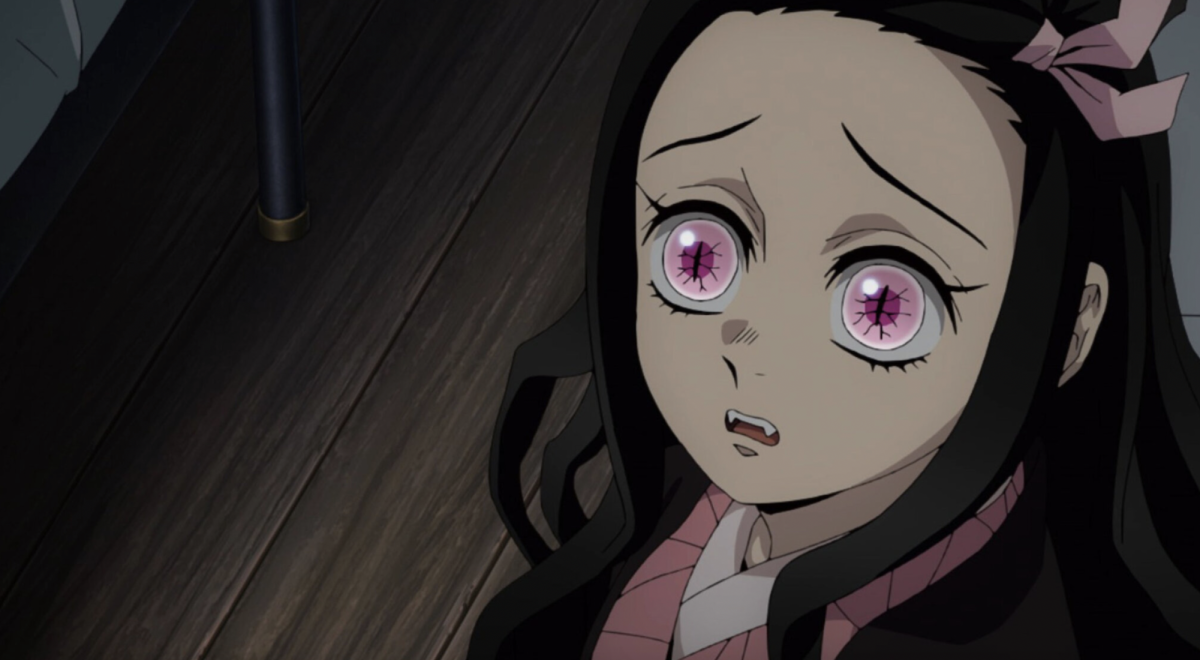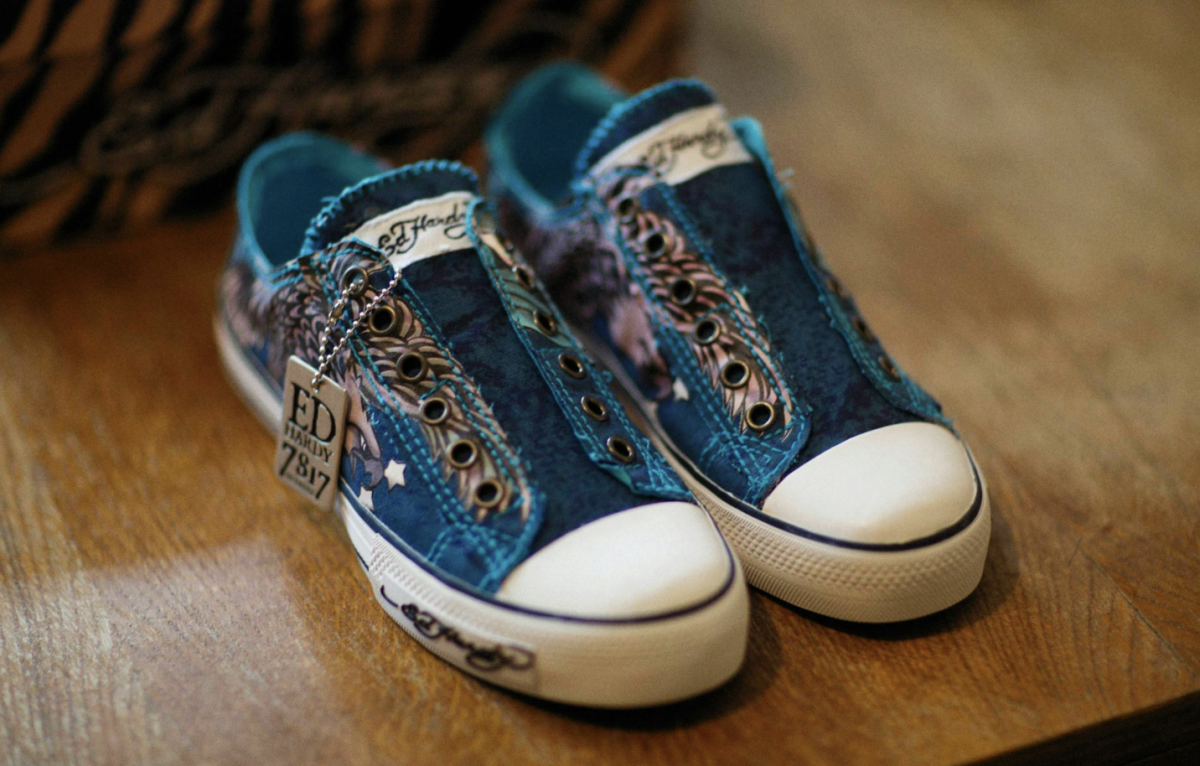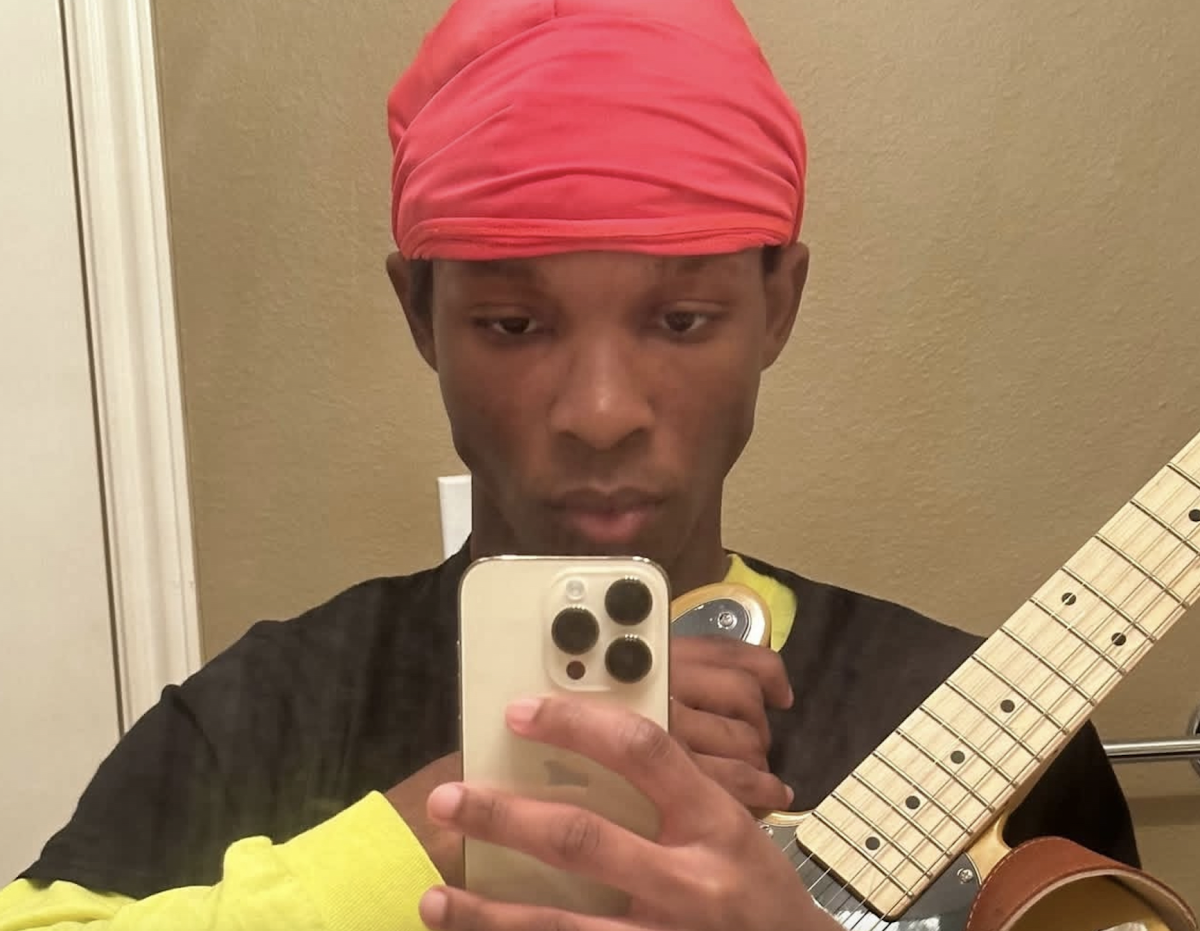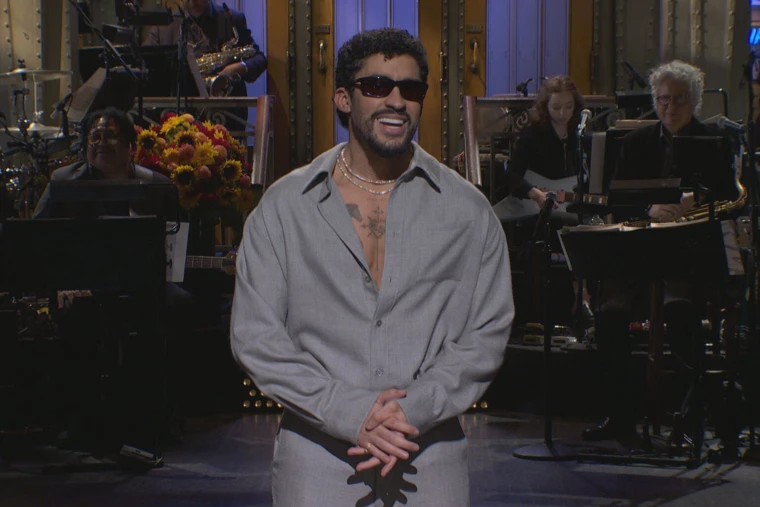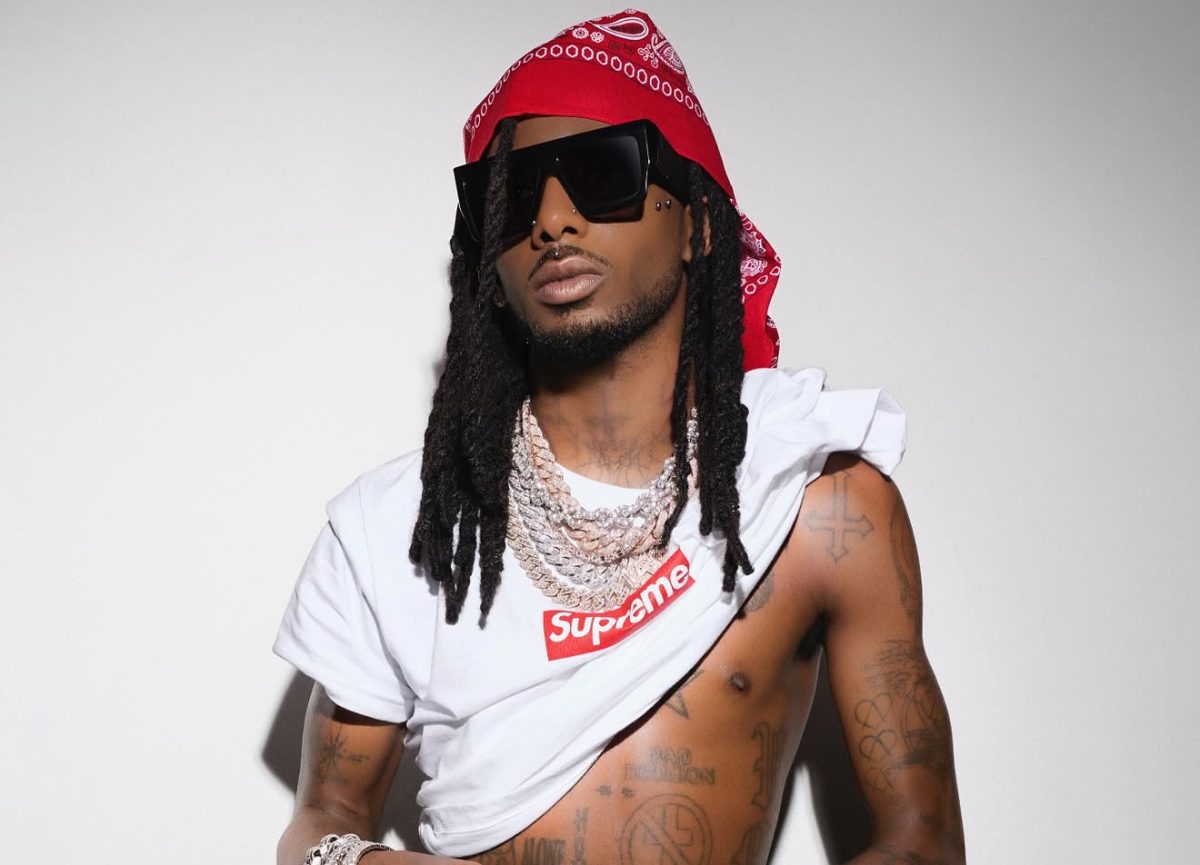Yeyeong Chang, Lina Hsu
The Metropolitan Museum of Art has recently opened up their new exhibition The Harlem Renaissance and Transatlantic Modernism on Feb. 25 and will stay open to the public until Jul. 28 to celebrate Black History Month.
The Harlem Renaissance was the African American art movement that celebrated African American heritage and creativity, challenging racial stereotypes and contributing to the broader struggle for civil rights that left a lasting impact on American history. Writers like Langston Hughes and Zora Neale Hurston were leaders of the Harlem Renaissance who portrayed the colorful life of African American during the 1920s.
To prepare for the exhibition, The Met undertook extensive archival research, original photography, technical imaging, and conservation treatment of important but seldom seen works of art.
There are 160 works of artists like Jacob Lawrence, William H. Johnson, Aaron Douglas, Elizabeth Catlett, Romare Bearden displayed. These pieces of art explore the ways in which Black artists portrayed everyday modern life and cultures in the 1920s–1940s in New York City’s Harlem and Chicago’s South Side and nationwide in the early decades of the Great Migration when millions of African Americans began to move away from the segregated rural South.
Five episodes of the podcast with one specifically made for an exhibition will be available by writer and critic Jessica Lynne, founding editor of the online journal ARTS.Black. The museum additionally hosts discussion on two comprehensive exhibitions of Africa & Byzantium as well as The Harlem Renaissance and Transatlantic Modernism.
Historically Black Colleges and Universities (HBCUs) have provided their extensive collection of paintings, sculpture, and works of arts.
